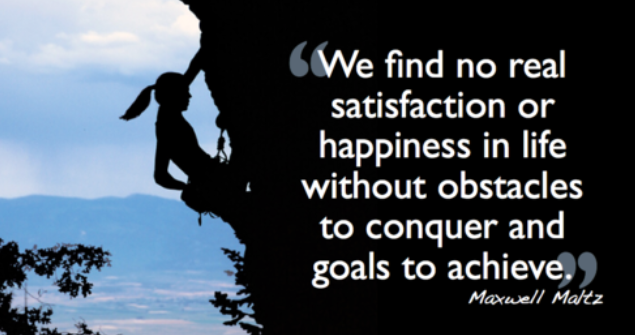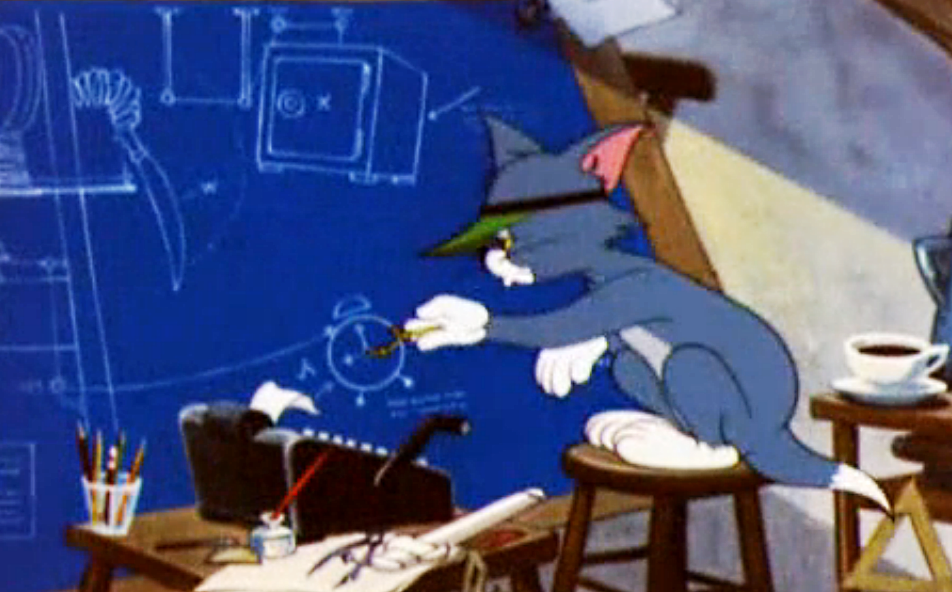As engineers, scientists, and technical people, we tend to think in terms of things and processes, rather than in terms of people. That is what first interested me in the technical professions. How about you?
Yet to make the move into leadership, along the way each of us has to learn to recognize additional “people” distinctions and algorithms. Leadership is about managing events and internal expectations as well as internal reactions.
Engineers understand control systems. We know that to stabilize output, the subsystem in charge of making adjustments must have a larger range and a faster cycle time than the processes it is controlling. If we are going to lead, this means that we have to increase our flexibility and learn appropriate methods for monitoring and providing corrective feedback to the systems and teams for which we are responsible. All leadership starts with keen observation.
Observation means monitoring the channels of feedback in the environment. Self observation means even recognizing the patterns going on within our own mind so that we can compare our expectations to others on the project.
Inside every human there is an observation system and a self observation system. Being able to assess the internal self-observation system of both yourself and of other key people on a team is a requirement for effective leadership.
New Insights
In 20 years of managing and coaching the technical professions, I have found that most engineers have never thought of this before. It is obvious that projects are comprised of a large number of events that are external and useful to observe. Less obvious is that they are also comprised of an even larger number of “internal reactions” that are more difficult to recognize.
For example, can you read the reaction, positive or negative, on the faces of your team members? Do you really know when people on your team are aligned with you or not? How would you know?
Have you ever seen people blow up in frustration or blow off their duties before you recognize that something is not going well on their “insides?”
Do know the differences between your expectations and your customers’ expectations of the next few days worth of deliverables? Or will you only find those out upon delivery and review?
What about your own internal state of mind— Do you respond automatically to frustrating information, or do you differentiate between external events and internal reactions so that you can maintain a semblance of sanity on your project?
It really is possible to hone your skills of observation and learn to recognize when other team members do not share your expectations, motivations, or capabilities. There are specific exercises to develop the ability to handle difficult situations, difficult clients, difficult bosses, and difficult people on your team.
Challenge For Today
Just for today, ask yourself about the people on your team you are working with— “How can I know for sure whether the images they are making in their mind matches the expectations I have in mine?” Become sensitive to whether they really see things exactly the way that you do. And consider, how do you know whether these differences will matter?
You can learn the patterns and distinctions of “people engineering,” Your project, your people, and your organization depends upon it. Just like you learned the technical skills that have made you a successful individual contributor, with a slight shift in attention, you will discover new signals that you were previously unaware of.
What aspects of leading technical, scientist, and engineers do you find most challenging. I love to hear what is going on in your projects. Tell me about your challenges in the comments below.










